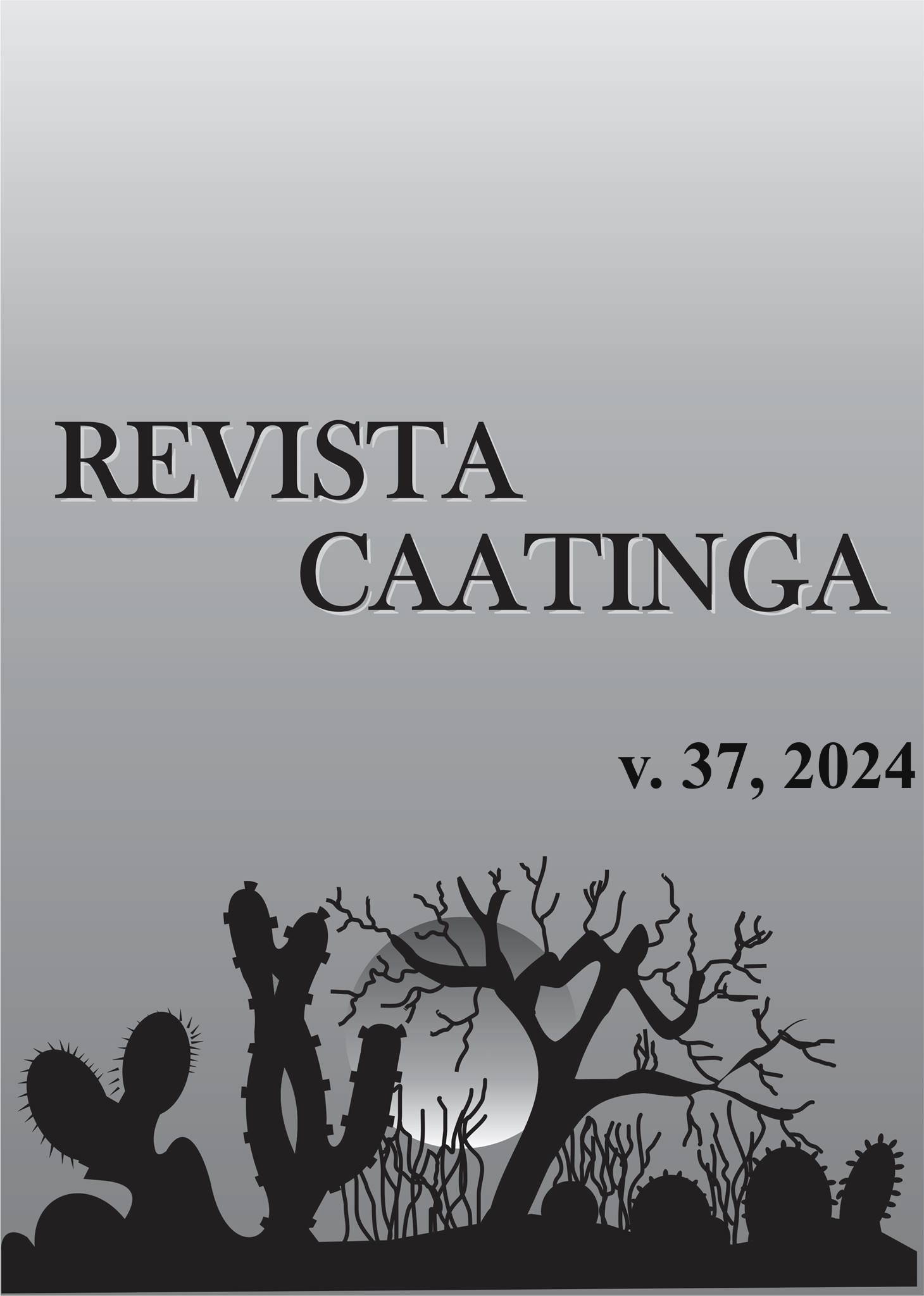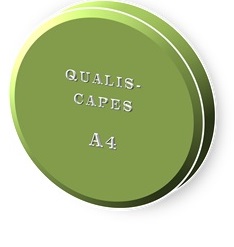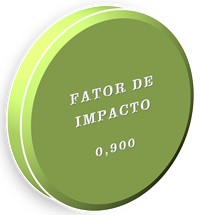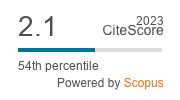Virulência de fungos entomopatogênicos sobre larvas de Lepidoptera: Noctuidae
DOI:
https://doi.org/10.1590/1983-21252024v3712375rcPalavras-chave:
Controle biológico. Beauveria. Metarhizium. Helicoverpa. Manejo de pragas.Resumo
Atualmente, os sistemas de cultivo agrícola adotam o manejo integrado de pragas (MIP) como modelo de sucesso para o controle de pragas. O uso de fungos entomopatogênicos tem aumentado no manejo integrado devido ao seu grande potencial em reduzir as populações de pragas agrícolas sem causar danos à saúde humana e aos ecossistemas. Beauveria bassiana e Metarhizium anisopliae são as espécies de fungos mais utilizadas no controle biológico, contando com muitos isolados comercializados no mundo. Helicoverpa armigera é uma praga de importância agrícola, causadora de prejuízos associados a diversas culturas. Assim, esse estudo teve como objetivo avaliar o potencial virulento de Beauveria bassiana, Metarhizium anisopliae e Metarhizium rileyi no controle biológico dos estágios larvais de H. armigera. Os resultados indicaram que em diferentes concentrações (1 × 107, 1 × 108 e 1 × 109 con.mL-1) e métodos de aplicação (DA ou DF) B. bassiana (cepa ESALQ PL63), M. anisopliae (cepa ESALQ E9) e M. rileyi (cepa UFMS 03) causaram baixa mortalidade e não foram virulentos ao primeiro, terceiro e quinto ínstares de H. armigera. A mortalidade pelo tratamento com B. bassiana (cepa ESALQ PL63) foi confirmada por conidiogênese em todos os cadáveres. Dada a importância de H. armigera como praga agrícola e a biodiversidade de fungos entomopatogênicos no Brasil, novas investigações sobre a virulência de cepas fúngicas são necessárias para aprimorar o manejo integrado de pragas através do controle microbiano, o potencial para novas cepas e o entendimento das relações entre microrganismos e os mecanismos de defesa dos hospedeiros.
Downloads
Referências
AGBOYI, L. K. et al. Improving the efficiency of Beauveria bassiana applications for sustainable management of Plutella xylostella (Lepidoptera: Plutellidae) in West Africa. Biological Control, 144: 1-9, 2020.
BORGES, F. S. P. et al. Performance of phytosanitary products for control of soybean caterpillar. Annals of the Brazilian Academy of Sciences, 93: 1-10, 2021.
COSTA, V. H. D. et al. Nomuraea rileyi (Hypocreales: Clavicipitaceae) in Helicoverpa armigera (Lepidoptera: Noctuidae) larvae in Brazil. Florida Entomologist, 980: 796-798, 2015.
CRUZ-AVALOS, A. M. et al. High Virulence of Mexican Entomopathogenic Fungi Against Fall Armyworm, (Lepidoptera: Noctuidae). Journal of Economic Entomology, 112: 99-107, 2019.
CZEPAK, C. et al. First record of occurrence of Helicoverpa armigera (Lepidoptera: Noctuidae) in Brazil. Pesquisa Agropecuária Tropical, 43: 110-113, 2013.
DIAS, P. M. et al. Interactions between Fungal-Infected Helicoverpa armigera and the Predator Chrysoperla externa. Insects, 10: 1-11, 2019.
DIAS, P. M. et al. Selectivity of Entomopathogenic Fungi to Chrysoperla externa (Neuroptera: Chrysopidae). Insects, 11: 1-14, 2020.
FARIA, M. et al. What would be representative temperatures for shelf-life studies with biopesticides in tropical countries? Estimates through long-term storage of biocontrol fungi and calculation of mean kinetic temperatures. BioControl, 67: 2213-224, 2022.
FATHIPOUR, Y.; SEDARATIAN, A. Integrated Management of Helicoverpa armigera in Soybean Cropping Systems. In: EL-SHEMY, H. (Ed.), Soybean-Pest Resistance. Rijeka, Croatia: InTech, 2013. v. 1, cap. 9, p. 231-280.
FITE, T. et al. Evaluation of Beauveria bassiana, Metarhizium anisopliae, and Bacillus thuringiensis for the management of Helicoverpa armigera (Hubner) (Lepidoptera: Noctuidae) under laboratory and field conditions. Biocontrol Science and Technology, 30: 1-18, 2019.
GASMI, L. et al. Gene diversity explains variation in biological features of insect killing fungus, Beauveria bassiana. Scientific Reports, 11: 91-103, 2021.
GOTTI, I. A. et al. Blastospores from Metarhizium anisopliae and Metarhizium rileyi Are Not Always as Virulent as Conidia Are towards Spodoptera frugiperda Caterpillars and Use Different Infection Mechanisms. Microorganisms, 11: 1-16, 2023.
GREENE, G. L.; LEPPLA, N. C.; DICKERSON, W. A. Velvet bean caterpillar: The rearing procedure artificial medium. Journal Economic Entomology, 69: 487-488, 1976.
HASSAN, S. A. Standard methods a test the Sideeffects of pesticides on natural enemies of insects and mites developed by the IOBC/WPRS Working Group ‘Pesticides and Benefitial Organisms”. Bulletin OEPP/EPPO, 15: 214-255, 1985.
IDREES, A. et al. Effectiveness of Entomopathogenic Fungi on Immature Stages and Feeding Performance of Fall Armyworm, Spodoptera frugiperda (Lepidoptera: Noctuidae) Larvae. Insects, 12: 1044-1056, 2021.
JAFARPOUR, M. et al. Functional significance of graded properties of insect cuticle supported by an evolutionary analysis. Interface, 17: 1-8, 2020.
KALVNADI, E. et al. Sublethal concentrations of the entomopathogenic fungus, Beauveria bassiana, increase the costs of physical conditioning of pups of Helicoverpa armigera (Lepidoptera: Noctuidae). Journal Invertebrate Pathology, 158: 32-42, 2018.
KUMAR, A.; SHARFUDDIN, C. Evaluation of Beauveria bassiana and Metarhizium anisopliae, for the management of Helicoverpa armigera (Hubner). Journal Mycopathological Research, 60: 91-97, 2022.
LOPES, R. B. et al. Biological Control in Latin America. Neotropical Entomology, 52: 119-121, 2023.
LOUREIRO, E. S. et al. Hydration levels on conidial production of Metarhizium rileyi (Ascomycota) in solid growing medium. Revista de Agricultura Neotropical, 6: 19-23, 2019.
MONTECALVO, M. P.; NAVASERO, M. M. Comparative virulence of Beauveria bassiana (Bals.) Vuill. and Metarhizium anisopliae (Metchnikoff) Sorokin to Spodoptera frugiperda (J.E. Smith) (Lepidoptera: Noctuidae). Journal of the International Society for Southeast Asian Agricultural Sciences, 27: 15-26, 2021.
PARRA, J. R. P. Biological Control in Brazil: state of art and perspectives. Scientia Agricola, 80: 1-4, 2023.
RAMANUJAM, B.; POORNESHA, B.; SHYLESHA, A. N. Effect of entomopathogenic fungi against invasive pest Spodoptera frugiperda (J. E. Smith) (Lepidoptera: Noctuidae) in maize, Egyptian Journal Biological Pest Control, 30: 1-5, 2020.
SEYEDTALEBI, F. S. et al. Quantitative comparison for some immune responses among Eurygaster integriceps, Ephestia kuehniella and Zophobas morio against the entomopathogenic fungus Beauveria bassiana. Invertebrate Survival Journal, 14: 174-181, 2017.
SHEHZAD, M. et al. On the virulence of the entomopathogenic fungi, Beauveria bassiana and Metarhizium anisopliae (Ascomycota: Hypocreales), against the diamondback moth, Plutella xylostella (L.) (Lepidoptera: Plutellidae). Egyptian Journal Biological Pest Control, 31: 1-7, 2021.
TANG, G.; HOU, R. Effects of environmental factors on the virulence of the entomopathogenic fungus Nomuraea rileyi, against the ear of corn earworm, Helicoverpa armigera (Lep. Noctuidae). Journal Applied Entomology, 125: 243-248, 2001.
VIANNA, M. F. et al. ISSR markers to explore entomopathogenic fungi genetic diversity: Implications for biological control of tobacco pests. Journal of Biosciences, 45: 1-11, 2020.
WANG, C.; FENG, M. G. Advances in fundamental and applied studies in China of fungal biocontrol agents for use against arthropod pests. Biological Control, 68: 129-135, 2014.
Downloads
Publicado
Edição
Seção
Licença
Os Autores que publicam na Revista Caatinga concordam com os seguintes termos:
a) Os Autores mantêm os direitos autorais e concedem à revista o direito de primeira publicação, com o trabalho simultaneamente licenciado sob a Licença Creative Commons do tipo atribuição CC-BY, para todo o conteúdo do periódico, exceto onde estiver identificado, que permite o compartilhamento do trabalho com reconhecimento da autoria e publicação inicial nesta revista, sem fins comerciais.
b) Os Autores têm autorização para distribuição não-exclusiva da versão do trabalho publicada nesta revista (ex.: publicar em repositório institucional ou como capítulo de livro), com reconhecimento de autoria e publicação inicial nesta revista.
c) Os Autores têm permissão e são estimulados a publicar e distribuir seu trabalho online (ex.: em repositórios institucionais ou na sua página pessoal) a qualquer ponto antes ou durante o processo editorial, já que isso pode gerar alterações produtivas, bem como aumentar o impacto e a citação do trabalho publicado (Veja O Efeito do Acesso Livre).







